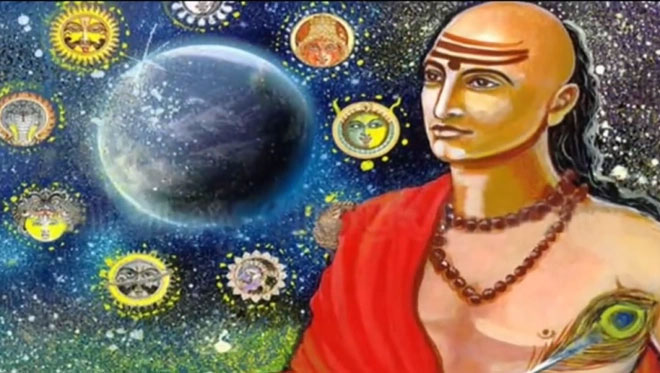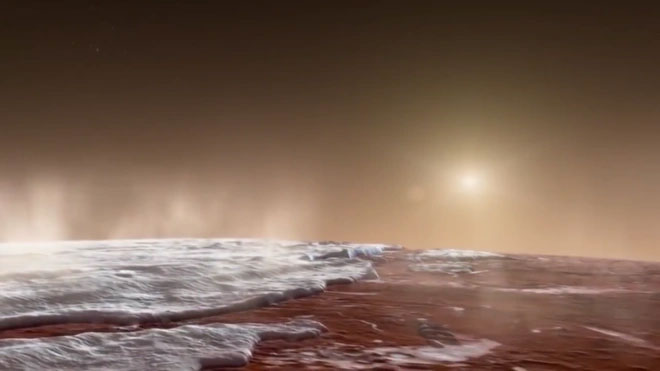Currently, there is a wealth of scientific evidence indicating that water exists in small quantities on Mars. This was predicted by Varahamihira, an ancient Indian sage, over 1,500 years ago.
In 1784, German astronomer William Herschel hypothesized that Mars could potentially be inhabited, similar to our planet. Although the idea of Martians still resides within the realm of science fiction, it is now accepted that there is water on Mars.

Varahamihira – an ancient Indian sage, predicted the existence of water on Mars 1,500 years ago.
Who is Varahamihira?
Varahamihira is one of the greatest scientists and astrologers of the 6th century CE, known for his remarkable discoveries in astronomy. He is regarded as one of the nine “gems” (Navaratna) during the reign of King Vikramaditya.
Varahamihira was born in the region of Avanti (present-day Malwa). His father was a devout worshiper of the Sun God, which led him to impart useful knowledge about astronomy to Varahamihira from a young age, including how the planets move within the Solar System.

Varahamihira has many important astrological works.
As a youth, Varahamihira had the opportunity to meet the famous Indian astronomer and mathematician Aryabhata. This fateful encounter inspired him to pursue a career in astronomy and astrology.
At that time, the city of Ujjain in India was renowned as a center of learning. Therefore, Varahamihira decided to move there to study from various scholars. His knowledge of astronomy is believed to have developed to an exceptional level.
Prediction of Water Existence on Mars
Varahamihira authored many important astrological works, among which Pancha-Siddhantika is considered one of his most famous texts.
In this work, Varahamihira outlined five major systems of astronomical knowledge, one of which is Surya-Siddhanta, providing a detailed description of the Red Planet, including a proposition that the surface of Mars contains both water and iron.
Today, science has proven that the red color on the surface of Mars is actually due to an iron oxide dust that covers much of its surface.
Varahamihira also calculated Mars’ diameter to be 6,070.4 km, which is only 11% smaller than the currently known diameter of 6,779 km.
In addition to his astronomical studies, he is also recognized for discovering trigonometric formulas and even contributing to the improvement of the accuracy of existing sine tables.
Varahamihira is acknowledged as one of the first mathematicians in the world to present the original form of the “Pascal’s Triangle.”
Regarding his theories, Varahamihira humbly stated: “The science of astrology is a vast ocean that is not easy for everyone to cross. My treatise merely provides a safe boat.” To this day, his research continues to be recognized as a timeless masterpiece.
Water on Mars

Most of the water on Mars exists in the form of ice. (Photo: Wikipedia)
Most of the water on Mars exists in the form of ice. A small amount of water exists as vapor in the atmosphere and can only be seen on the ice caps at the North Pole.
It is estimated that Mars has nearly 21 million cubic kilometers of ice on its surface. Thus, in the distant past, the Red Planet may have been a wet place where microorganisms had the conditions to survive and thrive on its surface.
However, currently, the Martian environment is too dry and frozen due to low temperatures. Additionally, the planet is subjected to cosmic radiation due to the absence of an ozone layer and magnetic field, making the possibility of life existing on Mars very slim.
Nevertheless, the discovery of accessible water sources on Mars is certainly a positive sign for human space exploration endeavors. Although this form of water is difficult to sustain life, it can be converted into rocket fuel – a necessary supplement for future space exploration missions.


















































